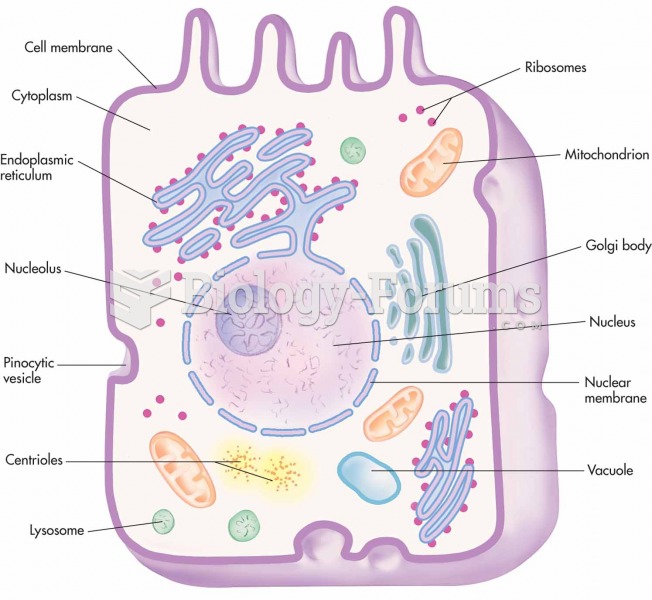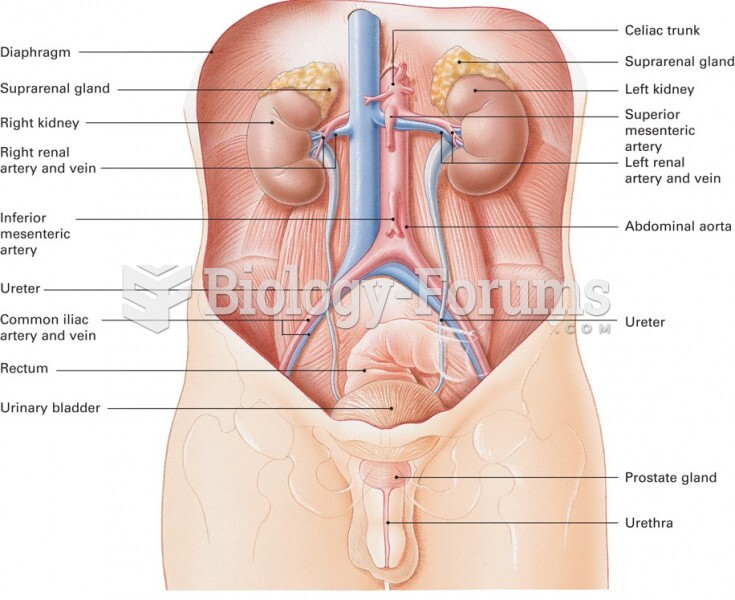Answer to Question 1
d
Answer to Question 2
In 1990, the United Nations Development Program introduced the Human Development Index (HDI), establishing three new criteriain addition to GDPfor measuring the level of development in a country: life expectancy, education, and living standards.
According to the United Nations, human development is the process of expanding choices that people have in life, to lead a life to its full potential and in dignity, through expanding capabilities and through people taking action themselves to improve their lives. Regarding life expectancy, on the plus side, average life expectancy has increased by about a third in the past three decades and is now more than 70 years in 87 countries. On a less positive note, the average life expectancy at birth of people in middle-income countries remains about 12 years less than that of people in high-income countries. Moreover, the life expectancy of people in low-income nations is as much as 30 years less than that of people in high-income nations. One major cause of shorter life expectancy in lower-income nations is the high rate of infant mortality. The infant mortality rate (deaths per thousand live births) is more than eight times higher in low-income countries than in high-income countries.
Low-income countries typically have higher rates of illness and disease, and they do not have adequate health care facilities. Malnutrition is a common problem among children, many of whom are underweight, stunted, and have anemiaa nutritional deficiency with serious consequences for child mortality.
Health is defined as a state of complete physical, mental and social well-being and not merely the absence of disease or infirmity. Many people in low-income nations are far from having physical, mental and social well-being. In fact, many die each year from diarrhea, malaria, tuberculosis, and other infectious and parasitic illnesses. Education is fundamental to reducing both individual and national poverty. As a result, school enrollment is used as one measure of human development. The United Nations Educational, Scientific and Cultural Organization (UNESCO) defines a literate person as someone who can, with understanding, both read and write a short, simple statement on their everyday life. The adult literacy rate in the low-income countries is about half that of the high-income countries, and for women the rate is even lower. Women constitute about two-thirds of those who are illiterate. Literacy is crucial for women because it has been closely linked to decreases in fertility, improved child health, and increased earnings potential. The gap between the poorest nations and the middle-income nations has continued to widen. Poverty, food shortages, hunger, and rapidly growing populations are pressing problems for at least two billion people, most of them women and children living a state of absolute poverty.







